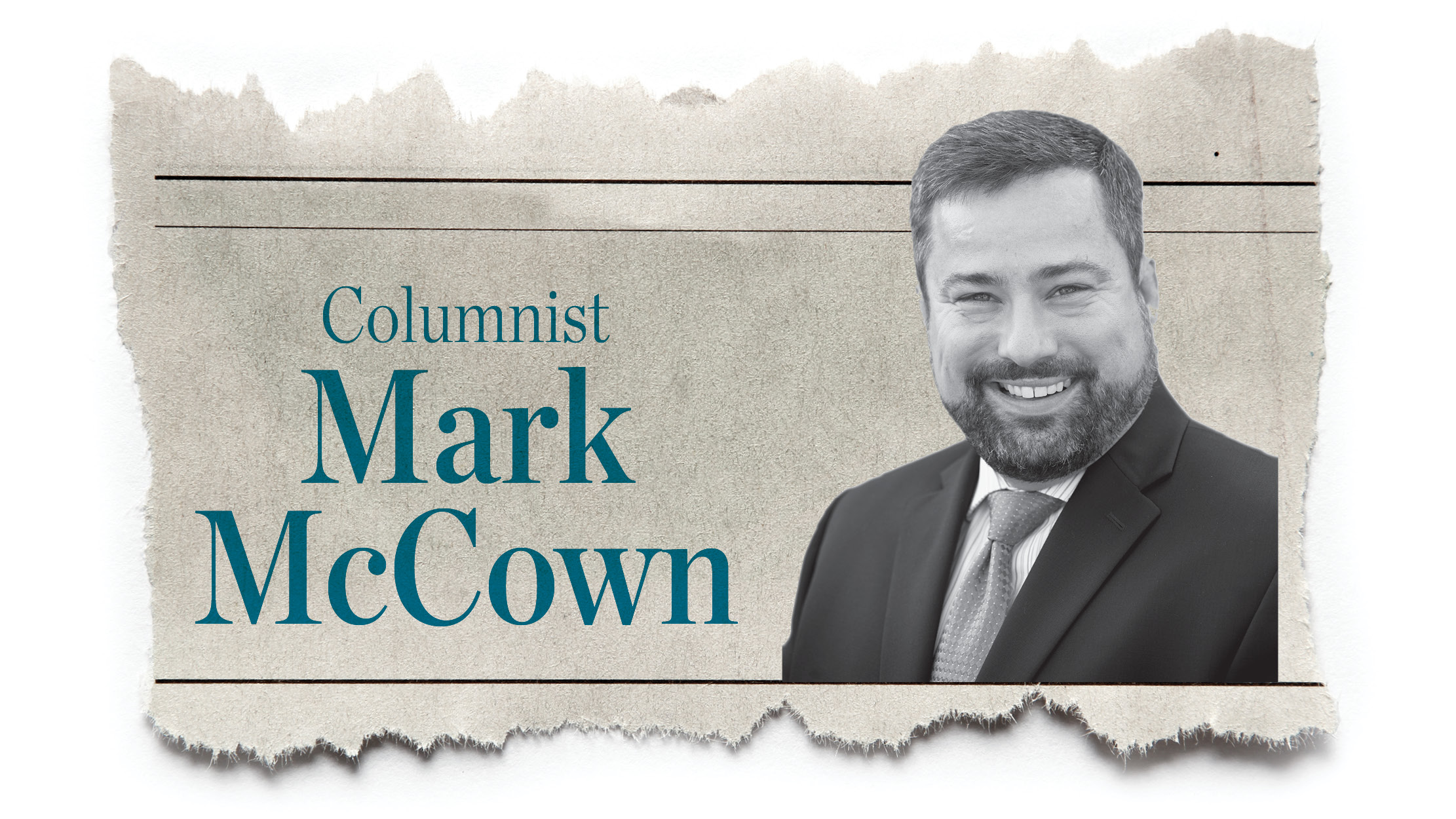Mark McCown: Explaining how the court system works
Published 5:28 am Monday, June 14, 2021
Dear Lawyer Mark: I have a question about how courts work.
I read the paper about the criminals all the time, and was wondering about the difference in the hearings.
Why are some arraignments and some initial appearances?
Also, what exactly is a “pre-trial?” It seems like people are always pleading guilty at them, so why isn’t it just called a trial? — Confused in the County
Dear Confused: Previously, I gave an answer to this question that dealt with criminal procedure up to a trial, and promised that I would later talk about how a trial works.
A criminal trial can be held either to a judge or a jury.
In felony cases, it is presumed that the defendant will have a jury trial, unless he enters a written waiver that allows the trial to be heard by a judge only.
In misdemeanor cases, the case is set for trial in front of a judge; if the defendant wants a jury trial, he must file a written request for it, and it must be granted only if the crime with which he is charged is punishable by jail.
If there is no possibility of jail time, such as where the defendant is charged with a minor traffic violation, the defendant cannot receive a jury trial.
When a jury trial is scheduled, the judge sends out summons requiring the prospective jurors to show up on court day.
The court will also either have them fill out a questionnaire and return it, or have them fill it out when they arrive for jury duty.
The attorneys for the state and defendant then use these questionnaires to get a general background of each juror.
The judge and attorneys are also allowed to ask the prospective jurors even more questions in a process called voir dire.
The purpose of asking these questions is to determine whether a juror can overcome any sympathy or bias and hear the case fairly.
For instance, a person could be related to the defendant or officer, and would therefore be excused under what is called a challenge for cause.
Additionally, each side may excuse a certain number of jurors with a “peremptory challenge”. This means that the lawyer doesn’t want the juror on the panel a reason other than cause.
For instance, if an attorney was representing a defendant that is a football player at the University of Michigan and the trial is two weeks before The Game, he might not want someone on his jury that has been an Ohio State season ticket holder for 20 years.
After a jury of eight members in misdemeanor cases or 12 members in felony cases is picked, the trial begins.
Each attorney gets to make an opening statement, which is a summary of what the attorney believes will be shown at the trial.
The prosecutor then calls his witnesses and introduces evidence, which can also be questioned by the defendant’s attorney.
After the prosecutor is finished, the defense then goes through the same procedure.
After the defendant finishes, the prosecutor may then call “rebuttal” witnesses if he wishes, which are used to contradict any evidence offered by the defendant.
After all evidence is taken, the court will then instruct the jury on the law, and ask that the jury deliberate.
In Ohio, the jury must render a unanimous verdict for either guilty or not guilty on each charge. If it cannot enter a unanimous verdict, the result is a “hung jury”, and the state may start all over again with a different jury.
It’s The Law is written by attorney Mark K. McCown in response to legal questions received by him. If you have a question, forward it to Mark McCown, 311 Park Ave., Ironton, Ohio 45638, or e-mail it to him at LawyerMark@yahoo.com. The right to condense and/or edit all questions is reserved.






